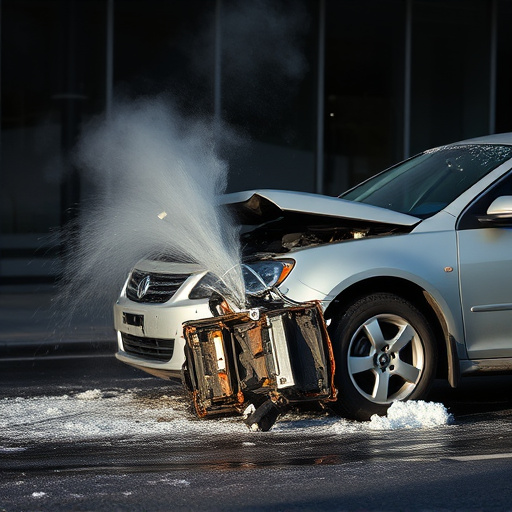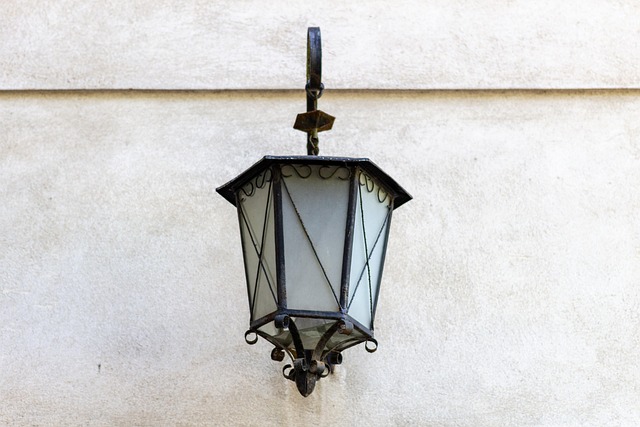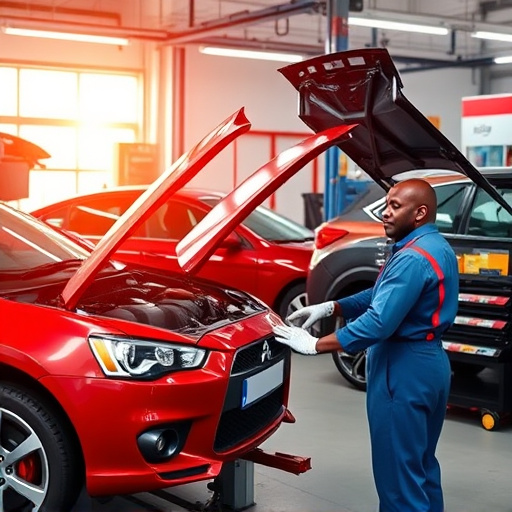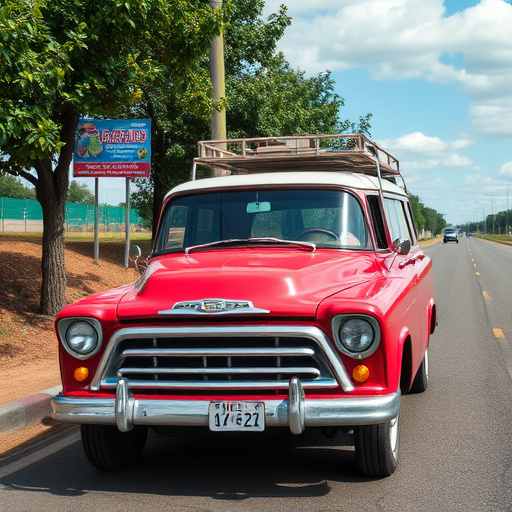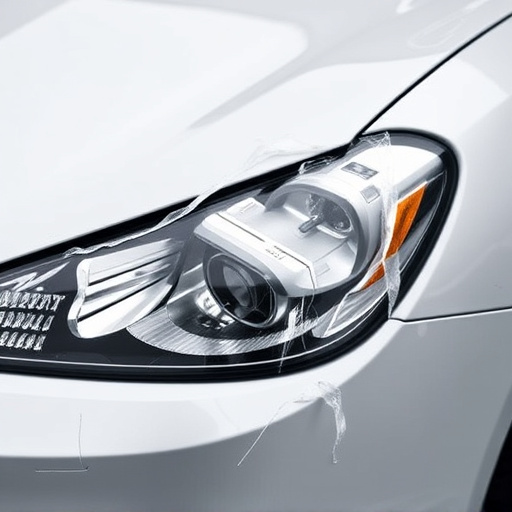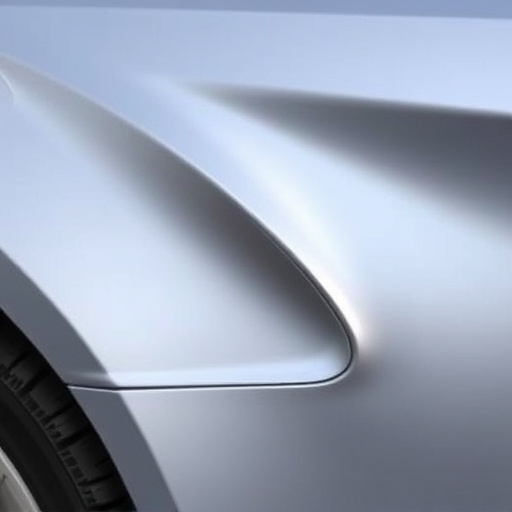After restoring your vehicle from sun damage, selecting a suitable car wax is crucial for maintaining its finish. Look for post-restoration waxes that protect against UV rays, offering ease of application, quick drying time, and water repellency. Apply in shaded areas for best results. Regular waxing preserves the finish, making future clean-ups easier, and ensures your vehicle retains its value. Choose high-quality carnauba or synthetic waxes with UV protection for optimal long-term results, especially after sun damage restoration.
After restoring your vehicle from sun damage, proper maintenance is crucial to preserve its new look. This guide provides essential steps to ensure long-lasting protection. We’ll explore the art of choosing the ideal car wax post-restoration, offering insights into different wax types and application techniques for optimal defense against UV rays. Additionally, discover regular care routines, effective cleaning solutions, and innovative preventive measures like UV coatings and interior sunscreens to safeguard your vehicle from future sun damage.
- Choosing the Right Car Wax for Post-Restoration Protection
- – Understanding different types of car wax and their benefits
- – Tips on selecting a wax suitable for sun-damaged vehicles
Choosing the Right Car Wax for Post-Restoration Protection
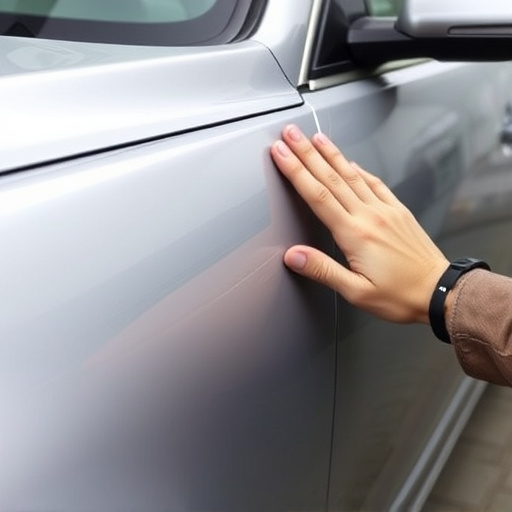
After a sun damage restoration, selecting the appropriate car wax is paramount to safeguarding your vehicle’s fresh appearance and finish. Look for waxes designed specifically for post-restoration use, as these are formulated to protect against UV rays, which can cause fading and discoloration all over again. A quality car wax will create a protective barrier, filling in minor scratches and enhancing the gloss while providing lasting protection against the elements.
Consider factors like ease of application, drying time, and water repellency when choosing your wax. For optimal results, apply the wax in a cool, shaded area to avoid rapid drying. Remember that regular waxing not only preserves the finish but also makes future clean-ups easier. It’s a crucial step in maintaining the vehicle’s value, especially after an auto body shop has done the hard work of sun damage restoration.
– Understanding different types of car wax and their benefits
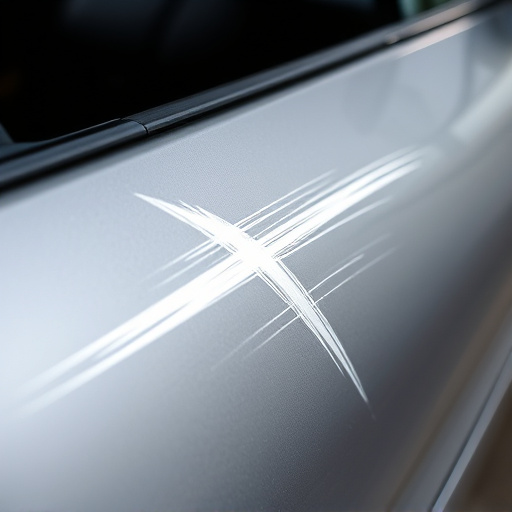
After a sun damage restoration, protecting your vehicle with the right car wax is crucial for maintaining its glossy finish and enhancing its appearance. Car waxes come in various types, each offering distinct benefits tailored to different needs. Pastel waxes provide a light coating, ideal for occasional use as they fill in minor scratches while reflecting UV rays to prevent further sun damage. Hard or synthetic waxes, on the other hand, offer thicker protection, lasting longer and creating a more durable barrier against elements, including intense sunlight.
Understanding these variations allows you to choose an automotive repair service that aligns with your vehicle’s needs. For instance, if you’re dealing with significant fender repairs or extensive bodywork, a harder wax might be the better choice for long-term protection. In contrast, regular maintenance using a pastel wax can suffice for keeping a newly restored surface pristine between detailed services, ensuring your vehicle retains its vibrant finish and stands out in the crowd.
– Tips on selecting a wax suitable for sun-damaged vehicles
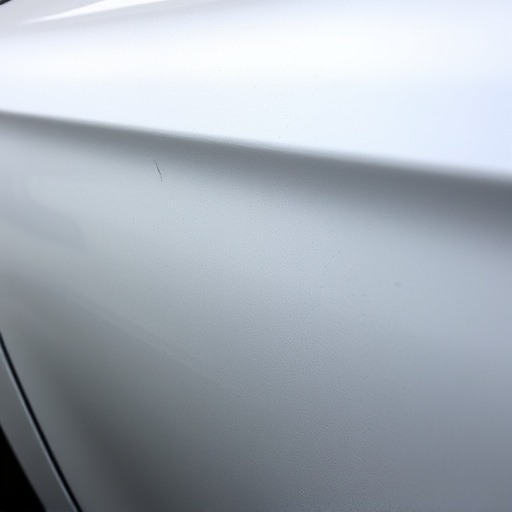
When it comes to protecting your vehicle after sun damage restoration, choosing the right wax is key. Opt for a high-quality carnauba or synthetic wax designed to shield against UV rays and harsh weather conditions. These waxes create a durable barrier, preventing further discolouration and fading caused by sun exposure. Look for products with SPF protection for added defence.
Consider your vehicle’s specific needs when selecting wax. If your car has undergone frame straightening or collision repair at an automotive body work centre, choose a wax that offers extra protection against scratches and chips. Some waxes are formulated to enhance the appearance of damaged areas, ensuring a seamless finish after restoration. Regularly reapply wax every 3-6 months for optimal results.
After successfully restoring your vehicle from sun damage, the next step is to safeguard its new appearance with the right car wax. By understanding various wax types and their benefits, you can choose a product that provides optimal protection against UV rays, ensuring your vehicle retains its freshness for longer. Remember, the key to maintaining that pristine look lies in regular waxing, especially after restoration, to create a protective barrier against further sun damage.
